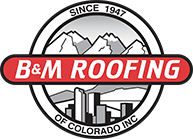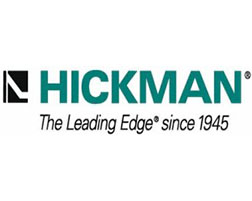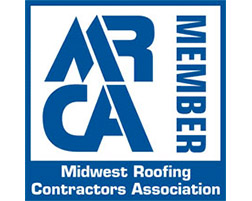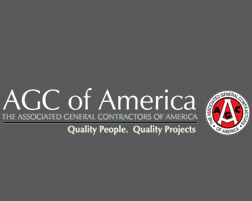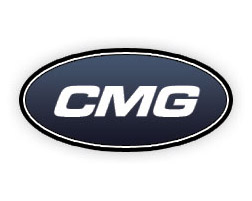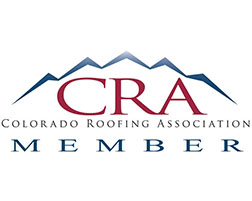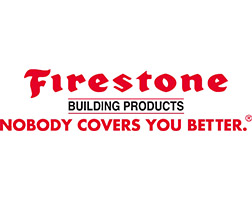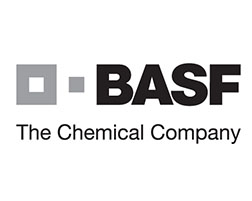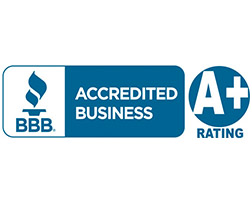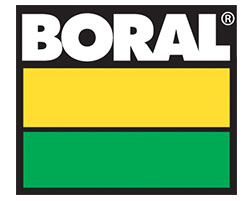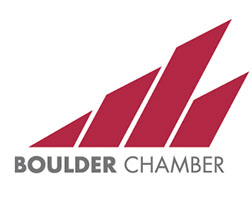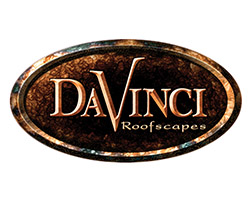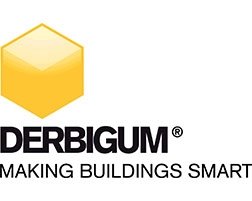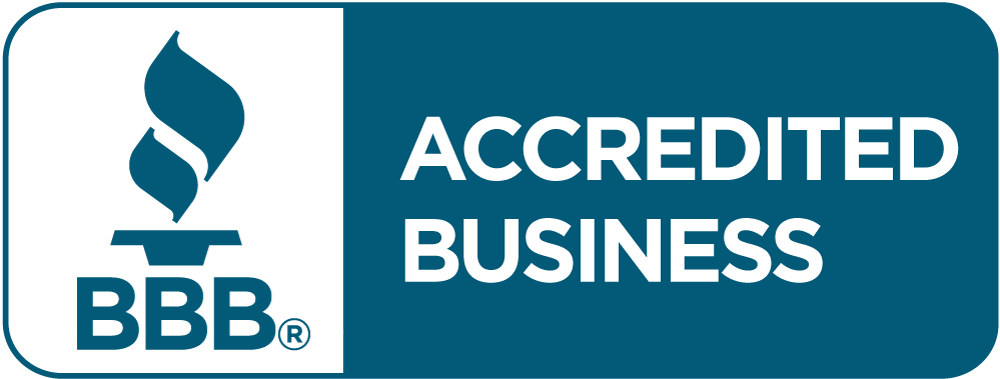Are 50-Year Shingles Worth the Money?
 It’s one of the most common questions people ask when it’s time to replace their roof: Are 50-year shingles worth the money? And like most questions, our answer is simple. It depends.
It’s one of the most common questions people ask when it’s time to replace their roof: Are 50-year shingles worth the money? And like most questions, our answer is simple. It depends.
Are you planning on staying in your home for 50 years? Or hold onto it as a long-term investment property, at least longer than 25 or 30 years? Then by all means, it’s a good investment. Not only will you save yourself the hassle of scheduling multiple meetings with estimators and installers, you’ll have a greater basis for roofing costs, it’ll be an expense you won’t have to worry about later in life.
If you’re not planning on holding the property for decades, the calculus is a little trickier. In most cases, 50-year shingles won’t improve on resale value of a home over 25- or 30-year shingles. That said, because a large portion of the cost of your roof is labor-related (getting crews to the job site, removing old shingles and installing new ones, hauling old shingles to the dump), the overall cost to your project should you choose premium shingles may be relatively minimal.
Further confusing the issue is the always-subjective matter of esthetics. Simply put, sometimes you may have your heart set on an asphalt shingle that’s only available in a premium, 50-year line. Does sacrificing the appearance of your home justify cutting an expense in your next roofing project? That’s going to depend on who you ask, and how close of an alternative is available.
If 30- or 50-year shingles were the best choice for every home, there would only be one kind. Determining your needs and your budget is the first way to help you find an answer to the “are 50-year shingles worth the money” conundrum so many homeowners find themselves. Need more info? Our estimators are always ready to help you find your best roof.
Warped Shingles: What Does That Mean for My Roof?
Let’s get the worst news out of the way first: If from the ground you can see warped shingles, it’s likely a sign that you’ll need a new roof. Often damage is only visible after climbing up and inspecting a roof.
 Asphalt shingles are durable, but are prone to the elements, particularly after the granules on their surface start deteriorating and getting washed away in rainstorms. Once the protective layer is removed, shingles are exposed to ultraviolet light, which makes them brittle or otherwise fragile. Warped edges can be a sign that shingles have reached the end of their natural lifespan.
Asphalt shingles are durable, but are prone to the elements, particularly after the granules on their surface start deteriorating and getting washed away in rainstorms. Once the protective layer is removed, shingles are exposed to ultraviolet light, which makes them brittle or otherwise fragile. Warped edges can be a sign that shingles have reached the end of their natural lifespan.
If your shingles aren’t shedding granules and are cupping – curling at both corners to be concave – it can be a signal that your attic isn’t properly vented. Rooftops soak up a lot of sun and heat, and transmit it to the home below it. A properly vented attic allows some of the heat to escape. Without venting, heat collects in your attic, and can expose the underside of shingles to extreme heat beyond their normal temperature tolerances, which can cause them to warp.
If you’re unsure of your roof’s condition or aren’t comfortable climbing on your roof to investigate, B&M Roofing is there to lend a hand. Call us at 303.443.5843 to request a free inspection and estimate.
Rain Gutter Cleaning Safety Tips
As autumn leaves start to fall, they’ll eventually end up in your rain gutters. If they’re not cleaned out before the winter, they can lead to clogs and freezing that can damage your roofing. B&M Roofing always wants our customers’ roofs to be as durable as possible, so we encourage you to make rain-gutter maintenance a part of your autumn chores list. Because we’re committed to safety with our crews, we also want you to tackle rain gutter cleaning in the safest way possible. Follow our rain gutter cleaning safety guidelines to keep yourself safe as you muck out your gutter system this autumn.
Wear Proper Safety Gear: Before you even pull the ladder out of storage, take basic precautions to protect yourself. Always wear thick gloves to protect your hands from getting shredded by metal shards and the edges of the gutter, as well as to keep bacteria away from your skin. We recommend heavy suede or acrylic gloves for durability. As with any other home improvement project, protect your vision with safety eyewear.
Be Ladder Smart: Each year in America, more than 164,000 people are treated in the emergency room for falls from ladders, according to the World Health Organization. Don’t join the crowd! Avoid using a three-legged orchard ladder, as they’re often unstable. Instead, climb an aluminum or fiberglass four-legged step ladder or an extension ladder. Regardless of your ladder choice, make sure it’s set on level, stable ground, and, if it’s not a step ladder, rests at the angle recommended by manufacturers.

Be Aware of Your Surroundings: Rain gutter cleaning safety starts on the ground. Before you climb on your roof, survey the area to make sure you’re not walking into a hazard. Be mindful of nearby power and phone lines, tree branches as well as any weather conditions – wind or rain – that may contribute to accidents.
Clean The Rooftop First: A single-minded focus for clearing your gutters and downspouts may seem the best way to get through your task quickly, but it’s critical you clear the rooftop before you begin to work. Use a broom or a rake (always work with the grain of the shingles to avoid damage) to clear the rooftop of leaves, branches and other debris. Walking on an angled roof can be dangerous enough without the added hazard of unstable footing.
Chose Your Hose Wisely: For best results, attach a pistol-grip nozzle to your hose when you clean your rain gutters. These nozzles can be operated with only one hand, and with an auto-shutoff spring, you won’t drench the roof while you’re not using the hose.
Rain gutter cleaning safety is always more important than roofing maintenance, so if you don’t feel comfortable cleaning your gutters, don’t get yourself into a situation where you feel unsafe. Contact a handyman instead of risking your health.
3 Things New Homeowners Need to Know About Their Roof
Are you looking to purchase your first home? Moving to a new house? Protect your investment by knowing about your roof to keep your property in great condition. Here are 3 things you need to know:
- Get a professional inspection…or two — It’s never a bad thing to have more than one person inspect your roof so you can learn what will be best for your home. Do not overlook your inspection report! Dismissing roofing red flags can come back to haunt you. If the inspection mentions issues with the roof, make sure you take that into account when breaking down budgets for future repairs.
Through RoofSave, our roof asset management program, we will inspect your roof and identify any conditions that need repair.
- Know your warranty & insurance — many properties will come with transferable roofing warranties. With this, you may not have to worry about repair and replacement costs. If your property is without insurance, think about getting a plan to give you extra peace of mind.
- Get a roofer to take a look — Home inspectors are great at what they do, but they’re not roofers. If your inspection report looks good, after purchase, consider asking a professional roofer to come look at your home. This way, you can catch any small problems that may lead to larger problems in the future.
Request a free estimate today from our experienced roofing specialists.
Not sure what to look for in your inspection report? Are you worried your roof may be damaged? If you are a first-time homeowner or have recently purchased a home and have questions about your roof contact B&M Roofing at 303.443.5843 for all your roofing needs.
Fireproofing Your Property For Colorado’s Dry Seasons
With fall settling in, dry weather across Colorado has brought about more concerns for drought. Several counties have already imposed varying levels of fire bans to prevent major fires from developing.
So far no major fires on the Front Range have occurred this season, but keep in mind that a single house fire can instantly spread. Firefighters across the state have asked residents to be careful with anything that can cause a spark as fall’s dry weather kicks in.
To protect your property from any potential risk of fire, we’ve provided tips to fireproof your house this season:
- Remove weeds and all dead plants from your property. A clear yard reduces the risk of fire spreading.
- Rid your roof of dead or dry leaves and pine needles. To avoid risk of injury or falling, we recommend a professional to clean off your roof.
- Trim the trees to keep branches away from each other. Make sure your tree branches do not hang near the roof and your chimney as well.
- Cover any woodpiles with fire resistant materials and make sure they’re further away from the house.
- Get your gutters cleaned! Not only can debris cause structural damage to your gutters and even your house, it can provide space to allow embers to blow in and catch fire.
- Make sure to apply fire-retardant chemicals to your yards, house exterior and roof, especially in forest areas.
- Limit your roof’s combustibility – in other words, avoid installing a complex roof on your house with lots of valleys and ridges. Like unclean gutters, these roofs can catch windblown embers and debris, which isn’t a safe combination.
- Protect your windows! Glass panes can break after one to three minutes of exposure to intense heat. Research fireproof windows for your house made with long-lasting materials like steel.
- Invest in a fire-resistant roof such as sheet metal. Metal roofs are inherently non-combustible and they don’t have as many ridges and valleys as shingles. This reduces the likelihood of debris catching fire on your roof.
- Keep the lawn hydrated and mowed. A short, green lawn will not carry fire like an unkempt, dry lawn.
If your roof catches a spark, a fire can spread to the rest of your house instantly. Make sure to keep these tips in mind and give us a call if you have any other questions on fireproofing your roof!
